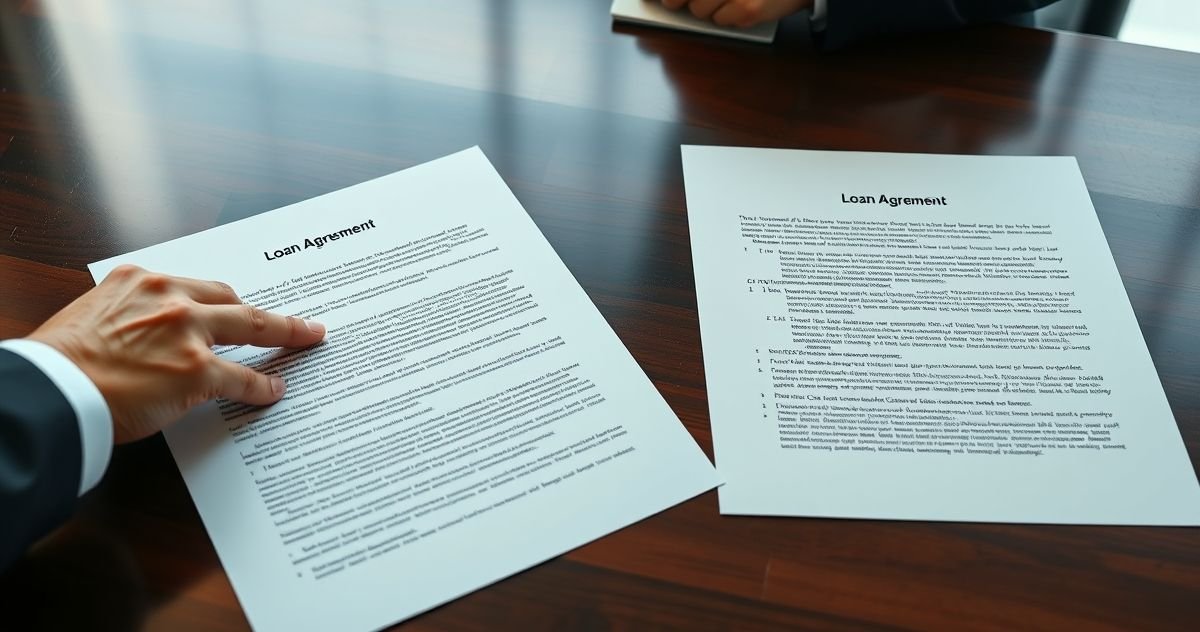A cross default clause acts like a chain reaction among your debts. If you default on one loan, this clause triggers a default on a different loan containing the provision—even if you’ve been making those payments on time. For borrowers, particularly small businesses and corporations, this can cause financial troubles to cascade rapidly, as one missed payment on a minor obligation may activate urgent repayment demands on a larger loan.
How Does It Work?
Consider you have two loans:
- Loan A: $50,000 equipment loan with a cross default clause.
- Loan B: $10,000 line of credit.
If you miss payments on Loan B, the lender on Loan A can declare a default, demanding immediate repayment or other remedies despite your current payments on Loan A. This clause protects lenders by providing a risk management tool that signals broader financial distress when you default on any debt.
Why Do Lenders Use Cross Default Clauses?
Lenders use these clauses to reduce risk. When a borrower defaults anywhere, it increases the chance they might default elsewhere. The clause allows lenders to act quickly by accelerating loans or demanding payment before the borrower’s financial situation worsens or leads to bankruptcy.
Who Should Watch Out for These Clauses?
- Small business owners should carefully review loan agreements for cross default provisions.
- Real estate investors with multiple mortgages may encounter these clauses in commercial loans.
- Corporations often have these clauses in bond agreements and credit facilities.
| Feature | Loan WITHOUT Cross Default | Loan WITH Cross Default |
|---|---|---|
| Impact of Default on Separate Debt | No direct impact on this loan | Immediately triggers default on this loan |
| Lender’s Power | Waits for your default on their loan | Can proactively act on any default elsewhere |
| Borrower’s Risk | Isolated defaults | Defaults can cascade across loans |
Managing Cross Default Risks
To protect yourself:
- Read the loan agreements carefully. Spot any mention of cross default.
- Consult a qualified attorney before signing complex loan contracts.
- Negotiate clause terms: Ask for limits on triggers or grace periods.
- Clarify what constitutes a default: Timing and severity matter.
- Maintain timely payments and excellent credit records across all debts.
FAQs
Is a cross default clause the same as cross-collateralization?
No. While a cross default clause links defaults across debts, a cross-collateralization clause links assets as collateral across loans. Both increase lender protections but carry different risks for borrowers.
Can I remove or negotiate a cross default clause?
Sometimes. Businesses with strong credit might negotiate its removal or modification. Smaller borrowers can try, but lenders may resist.
Are cross default clauses common in personal loans?
They are rare in standard consumer loans like mortgages or auto loans but may appear in complex financing.
For further authoritative details, see IRS guidelines on commercial loans and risk management practices or visit Investopedia’s explanation of cross default clauses.

